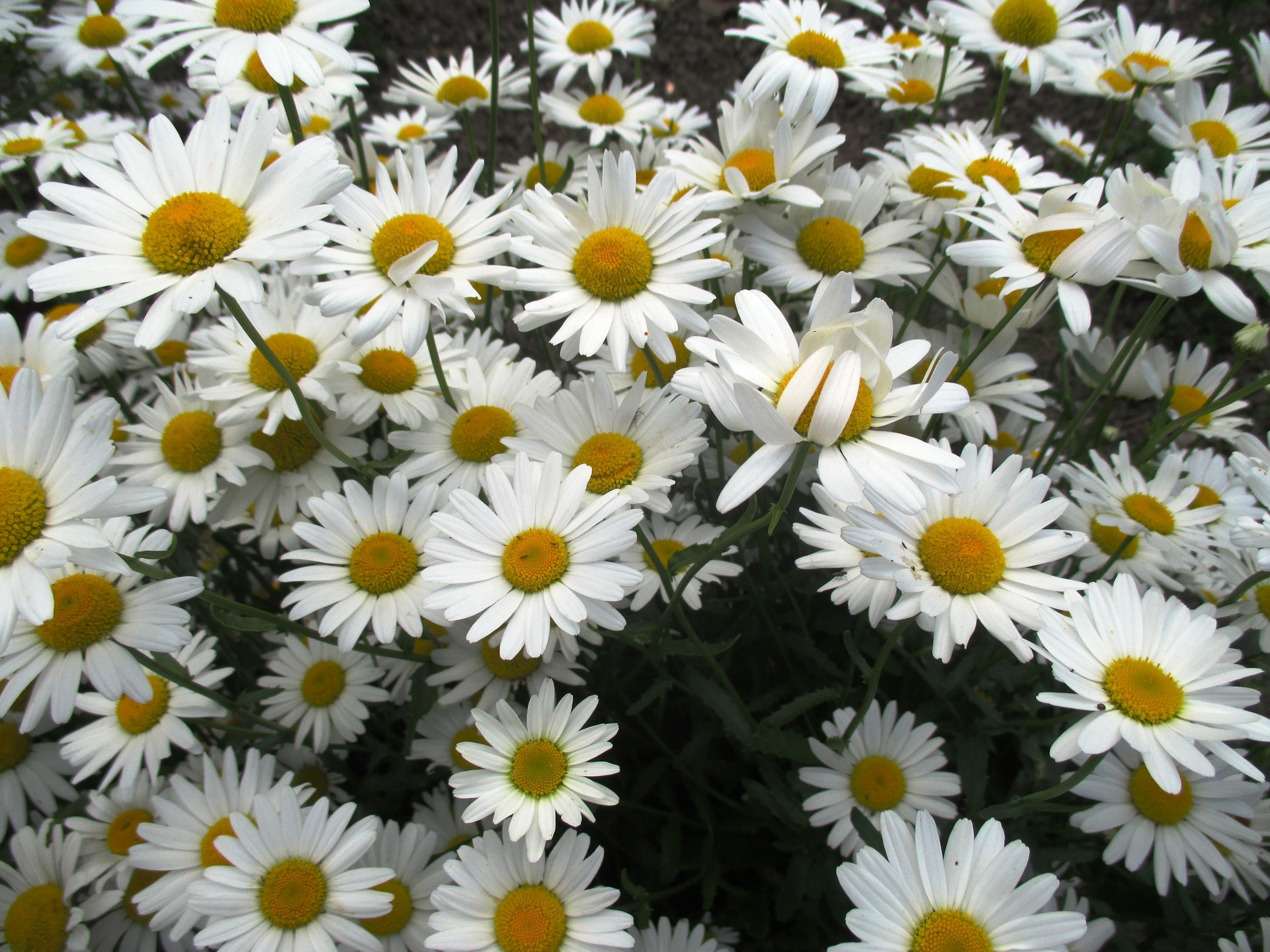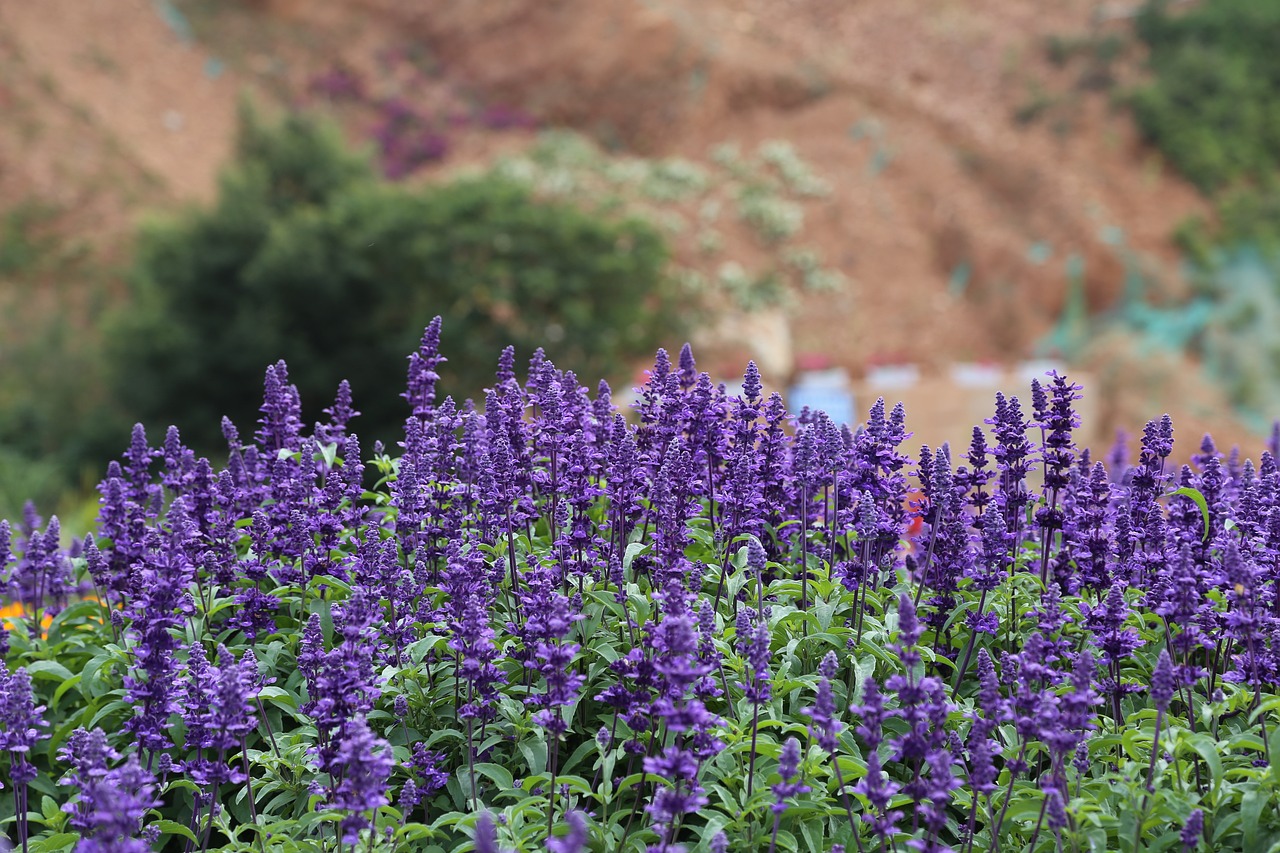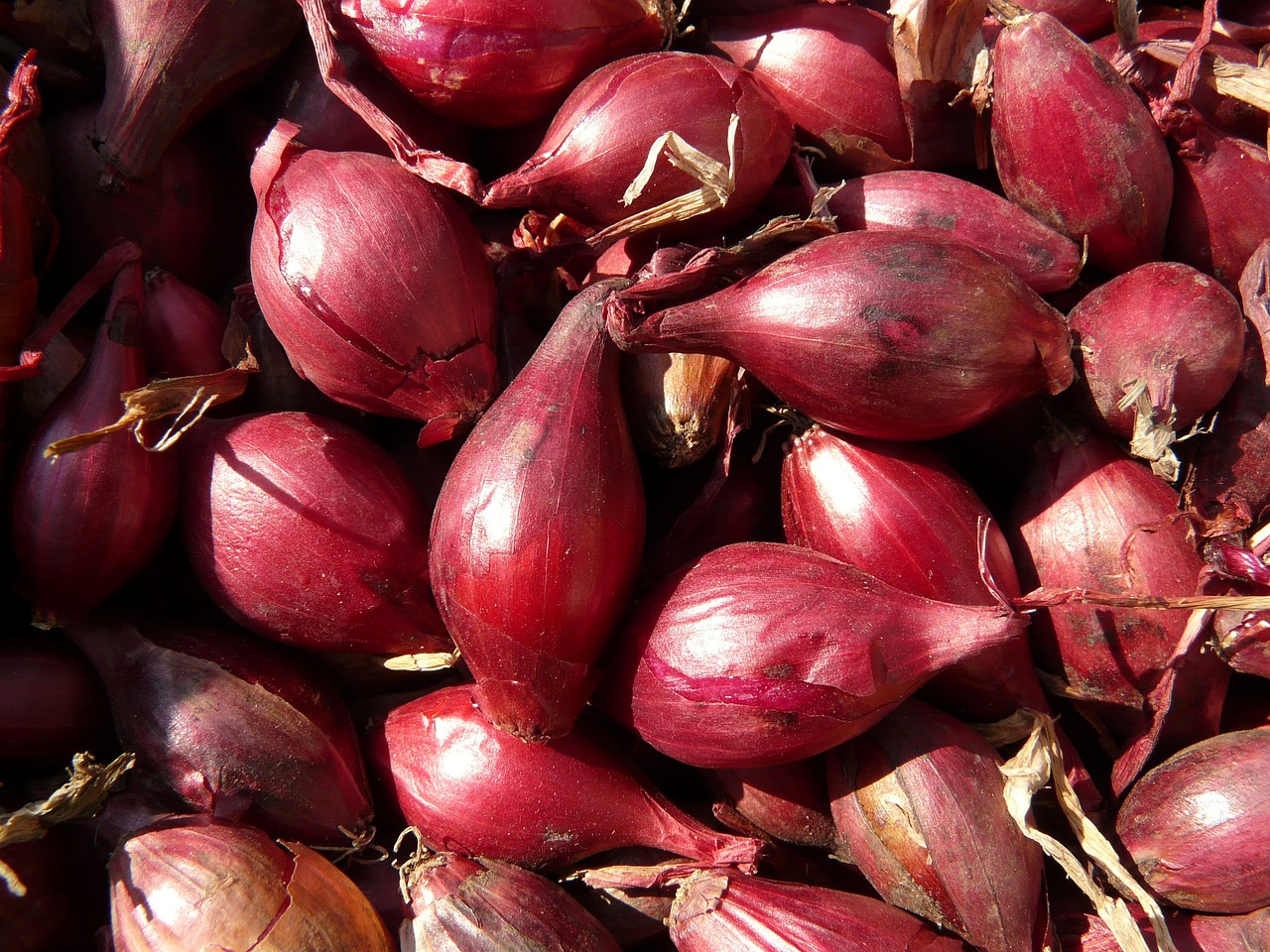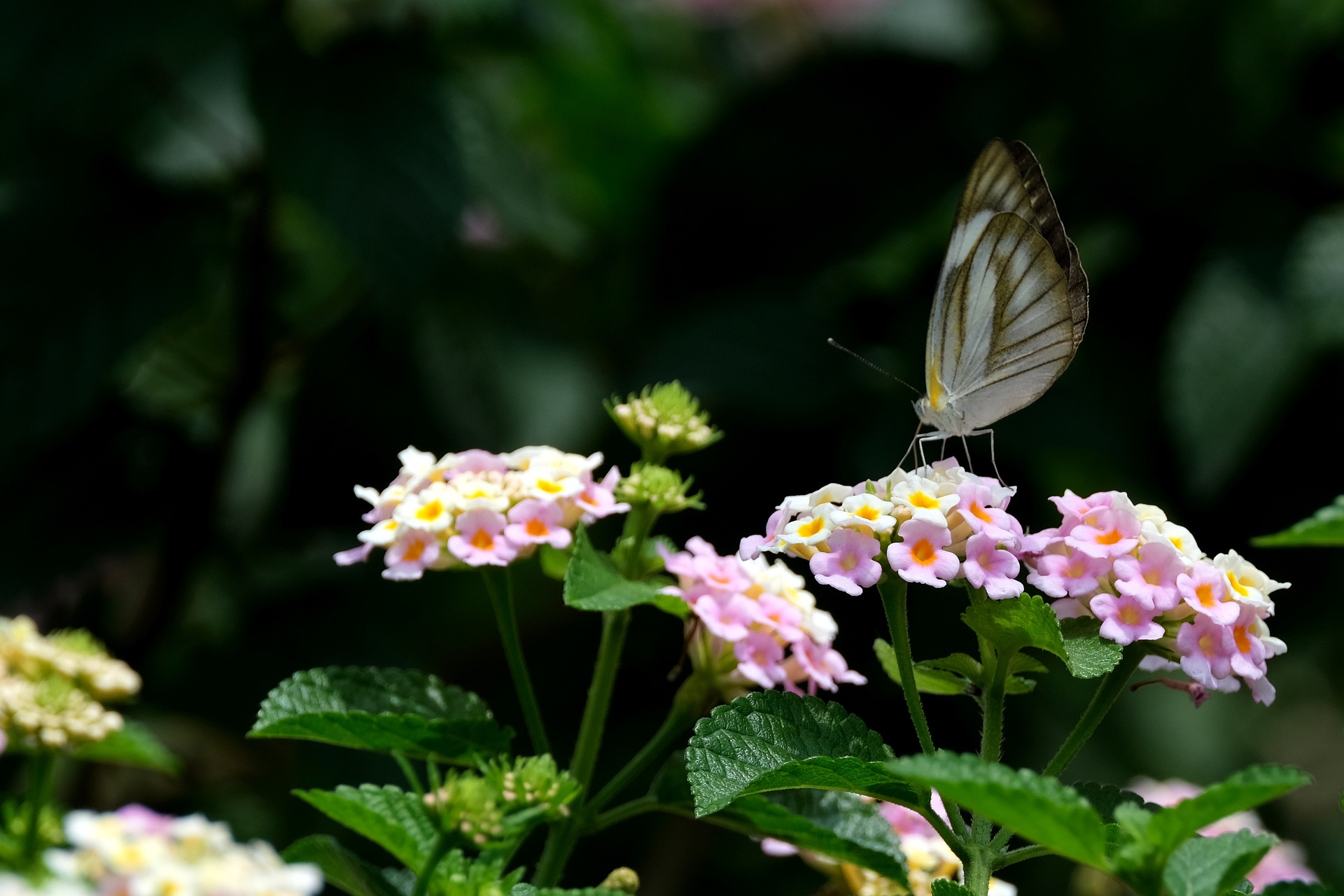The center “eye” of daisies contains many florets filled with nectar, making it a massive attraction to butterflies and bees, which keep sucking nectar from floret to floret , adding beauty to a flower garden. Daisy flowers have beautiful bright colours and yet they are easy to grow and fit for new beginners in gardening.
The flower name daisy comes from the old English name “daegeseage” meaning “day’s eye” because the flower head closes at night and opens in the morning.
Description
Daisies are perennial or annual plants belonging to the large Aster family Asteraceae.
The daisy flower is a composite flower comprising 15 to 30 ray florets sorrounding a central disc floret. Ray and disc florets usually come in different colour combinations with white and orange as the commonest.
Daisy flowers have a variety of shades including white, yellow, pink, purple, orange and red.
| Scientific name | Bellis perennis, Gerbera Jamesonii etc |
| Common name | Daisy, bone flower |
| Family | Asteraceae |
| Plant type | Perennial, Annual |
| Mature plant size | 10-30cm high, 10-30 cm wide |
| Soil pH | Neutral (7.0) |
| Light/Sun exposure | Full sun to light shade |
| Hardiness zones | USDA zones 5-8 |
| Time to flowering | After one season’s growth |
| Bloom time | March-September |
| Leaf color | Green |
| Flower color | White, purple, yellow, pink, orange and red |
| Native area | Europe, America, Africa |
Some Daisy varieties
African daisy: An annual variety native to high-rainfall areas of South Africa. It has yellow florets surrounding an orange centre.
Shasta daisy: Perennial variety which produces flowers that have white rays and yellow central discs.
Berbeton daisy: Perennial variety native to South Africa. Produces flowers with contrasting colors that fade from white to orange to red during flowering.
English daisy: Perennial variety that produces flowers in shades of blue, white, pink and red. It is also called lawn daisy because of its habit of colonising lawns, making it a weed in some areas.
When to plant Daisies
Plant daisies during the spring, when all danger of frost is gone. You can also plant your daisies in the fall using a cold frame, if you do not experience very cold winters. In areas that do not experience winter, daisies can be planted anytime.
Site selection
Daisies are best planted in a garden site or pots, in an area where they are able to receive plenty of sunlight (at least 6 hours of direct sunlight), but in hot climates, they can be grown under partial shade. Select a site that has rich, well-drained soil of around neutral pH.
Planting daisies from seeds
Daisies are planted by sowing seeds directly into the garden.
Dig the garden prior to planting and add organic manure in form of dry leaves, compost, peat moss or animal manure to the soil to enhance its richness.
Sow seeds directly into the soil and cover lightly with soil, then water.
Seeds will germinate into seedlings within 10 to 20 days.
Planting Daisies from seedlings
Submerge the root zone of your seedlings in water to ensure complete hydration.
Dig holes that are as deep and as wide as the root zones of your seedlings.
Cover holes lightly with soil, then place the root zones of the seedlings in the holes, cover with soil and water thoroughly, but ensure that the ground is not water-logged.
Mulch the ground with pine leaves, dry straw or some other mulching material.
Continual care for Daisies
Continue to water the plants especially during hot and dry weather conditions or extreme summer heat.
If your daisies are planted in a garden, ensure that the ground is always covered with a layer of mulch to retain moisture in the soil.
When seedlings have germinated (from seeds), thin them by removing some plants and leave one plant per twelve inches of soil, to ensure optimum growth. The other plants can be planted in a new area.
Separating Daisies
Over time, perennial daisy varieties will grow, form clumps and become over crowded. Dig up some plants and re-plant them in a new area every after 3 to 4 years.
Cutting Daisies for the vase
For a perfect appearance, mix different colors of daisies in one vase.
Blooms are best cut in the morning, with selection of only mature ones. Place the blooms immediately in fresh water so that they can stay for a long time.
Daisies stay fresh for about 7 to 14 days.

Other uses of Daisies
Daisy extract is used as mouthwash and also used in treatment of colds and other respiratory diseases.
Daisy extracts are used in skin care products.




